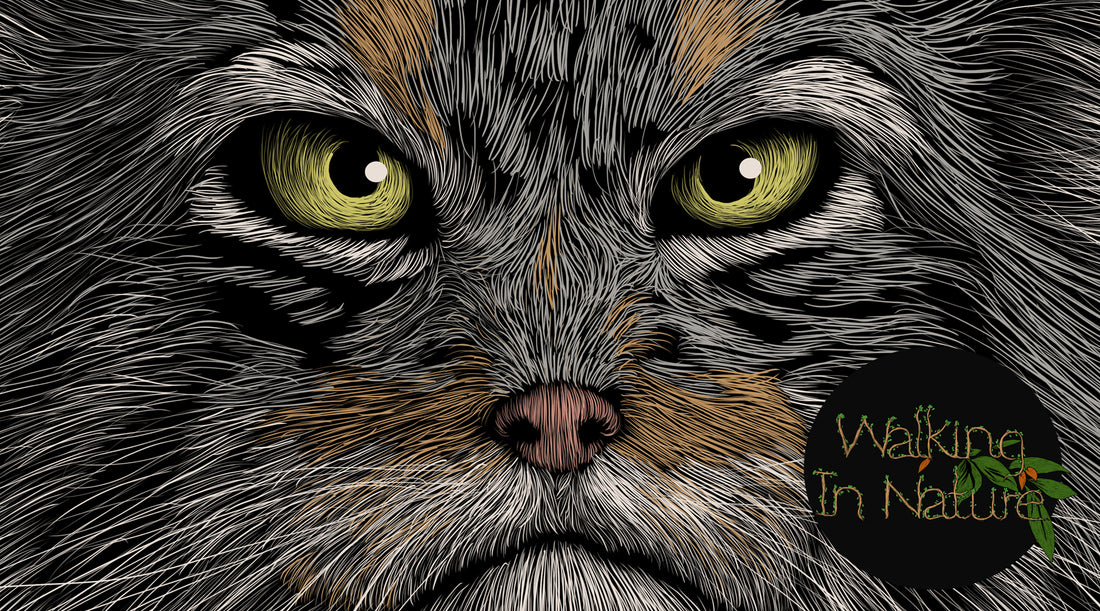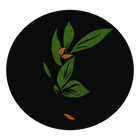## Summary
When it comes to capturing the beauty and majesty of wildlife, a keen understanding of 'art techniques for detailed wildlife art' is truly indispensable. This blog post delves into a deep exploration of various art techniques - from traditional penciling to intricate watercolor, oil, and acrylic painting. Whether you're a fledgling artist looking to hone your skills, or an art aficionado seeking to appreciate the details that go into every brush stroke, there's something in this guide for everyone. Let's embark on this artistic journey together, exploring the fascinating world of detailed wildlife art.
## Introduction to Detailed Wildlife Art
So, you're mesmerized by the allure of detailed wildlife art.
Indeed, it can be breathtaking to witness the majestic beauty of animals captured through art.
Getting every minute detail precisely right, from the gleam in a predator's eye to the intricate patterns on a butterfly's wings, it's truly an art unto itself.
'Detailed wildlife art' is much more than merely drawing or painting an animal.
It's about infusing life into a static image, conveying the spirit, essence, and breathtaking beauty found in the wild.
Not only does it require a keen understanding of various art techniques, but also an encapsulating study and observation of the subjects themselves - wildlife.
Just as a wildlife photographer spends hours waiting for the perfect shot, a wildlife artist must learn patience and precision to capture their subjects in the most authentic and detailed way possible.
Remember, the magic of wildlife art lies in its details.
Whether you’re a seasoned artist looking to specialize in wildlife or a newcomer fascinated by this niche, understanding the right 'art techniques for detailed wildlife art' is essential.
In the upcoming sections, we'll delve deeper into specific techniques that can elevate your wildlife art to new heights.
Are you ready to embark on this artistic safari? Awesome, let's go!
## Exploring Different Art Techniques
When discussing 'art techniques for detailed wildlife art', it is essential to delve into the different methods artists use to create vivid and lifelike representations of nature. The tricky part of this craft lies not just in the detailed portrayals of wildlife, but also how these techniques have been sharpened and mastered over time.
Getting the animal’s fur to look real, the glint in their eyes just right, or the texture of the bird’s feathers looking believable is no easy task. It's a fine dance between creativity and technique, where each stroke matters.
There are a multitude of techniques, from traditional to digital, each offering its unique touch to the art piece. Traditional art techniques encompass a wide variety, including penciling, watercolor painting, oil painting, acrylic painting, and more. Digital art, on the other hand, leverages contemporary technology to generate artwork, offering further scope for detailing and refinement.
When choosing a technique, consider the vibe you desire to establish in your work. For instance, pencil sketches often have a raw, delicate allure, while oil paintings lend a rich, vibrant aesthetic. Watercolors can give a fluid and airy essence, and acrylics are known for their bold and striking visual effects.
The captivating world of wildlife art can never be constrained by a single method or approach. It’s about finding the technique that resonates with the artist's spirit, allowing them to witness the wilderness through their eyes and translating those elements onto the canvas authentically.
However, to truly stand out in the realm of wildlife art, knowing the techniques isn’t enough; it’s essential to master them. This mastery gives an artist the freedom to manipulate the medium to create exquisite detail that brings their art to life.
## Technique 2 - Watercolor Painting
When it comes to highlighting the grace and subtlety of wildlife, watercolor stands out as one of the most significant 'art techniques for detailed wildlife art'.
By utilizing a fluid medium like watercolor, you can create vivid wildlife portraits that reflect the vitality of nature.
Although it can seem challenging, mastering watercolor painting involves a nuanced understanding of color blending and layering concepts.
With the right approach, you can create detailed wildlife art that captures the light, mood, and texture of the natural world.
But remember, patience is key when using watercolor; it's a gradual process that gives form to the charm of the wildlife you're portraying.
Art prints or shirts sporating watercolor wildlife art have the potential to beautifully showcase your connection with nature, drawing art and wildlife lovers alike.
## Technique 3 - Oil Painting
Creating detailed wildlife art is all about capturing the essence and vibrancy of the animals. One exceptional technique that stands the test in achieving this is oil painting. It offers you a wide range of rich and versatile colors that breathe life into your art. Also, the lustrous textures rendered by oil paints add a certain depth and realism to your artwork. They allow you to play boldly with light and shadows, making your wildlife subjects appear ‘almost real’. However, mastering oil painting requires patience and practice. It isn't a fast process but the end result of bringing your vision of wildlife to life in such a vivid fashion is deeply satisfying. As an artist specializing in detailed wildlife art, your adventure with oil paints can turn your canvas into a window to the wild.
## Technique 3 - Oil Painting
In the vibrant world of 'art techniques for detailed wildlife art', oil painting holds a significant place. Known for its versatility and rich color density, it's a favorite of many wildlife artists. It allows you to build up layers, accurately depicting the rich fur of a bear or the exquisite pattern on a butterfly wing. Yet, oil painting requires a fair amount of patience as it can take a while to dry. But for creating detailed and lifelike representations of wildlife, the wait is more than worth it. Insurance of correct technique and quality materials will greatly enhance the depth and fine details in your workings. Thus, mastering oil painting can open doors to infusing breath-taking authenticity in your wildlife art pieces.
## Technique 4 - Acrylic Painting
Acrylic painting is another popular choice among wildlife artists. Acrylic paints are known for their vivid colors and quick drying times. This makes them perfect for capturing the rich hues of wildlife. Especially because the layered technique can be used, allowing the artist to build up thin layers of paint to achieve depth and detail. Additionally, they can be applied thickly, resembling the texture that oil paints bring. However, one needs to be swift with acrylics since they dry fast. Hence, blending the colours naturally, like in the vibrant feathers of a bird or the nuanced shades of animal fur, requires a bit of practice. Nevertheless, even with their challenges, acrylics can highly reward you in painting detailed and lively wildlife art.
## Caputuring Details in Wildlife Art
What separates memorable wildlife art from the rest is the attention to detail. In capturing wildlife on a canvas, the character in each creature's features, the vibrancy in colors, and the life in those small meticulous elements all play an integral part. When it comes to 'art techniques for detailed wildlife art,' the pencil or paintbrush you wield becomes more than just a tool. It transforms into an intricately tuned magic wand, with the power to bring forth realism and depth on a flat medium.
Studying your subjects in their natural habitat, capturing their essence through photographs or sketches, understanding their unique traits; all of these provide the basis for creating realistic wildlife art. Each fur stroke, the contour of the feathers, the glint in the eye; every minutiae matters. The charm lies in those dramatic textures and contrasts which can be achieved by techniques such as layering, glazing, dry brushing, or stippling, amongst others.
The ultimate goal is to mirror the complex beauty of nature, to take the viewer on a journey into the wild by merely looking at your artwork. It's a marriage of keen observation, boundless patience, and unparalleled passion. The detail in your art can truly make your wildlife subject breathe life on the canvas. Harnessing the right technique tailored to your subject matter can make all the difference. Let's demystify some of these techniques in the next sections.
## Learning and Mastering the Techniques
Learning and honing art techniques for detailed wildlife art is no overnight task. It requires patience, practice, and a keen eye for details. Many artists start with observing real-life fauna or studying professional wildlife photographs. Gradually, artists can develop their unique style and methods, improving their technique with each stroke. Whether it's delicacy that's needed in penciling fur or mastering the vibrant color spectrum in acrylics, persistence is key. Moreover, joining art workshops and engaging with fellow artists can provide fresh perspectives and bring continuous improvement in your craft.
## Invitation to Connect
Explore the art further with us! Our team of expert wildlife artists is here to illuminate your path. Whether you'd like to purchase art prints, shirts imprinted with gorgeous wildlife art, or require guidance about honing your own 'art techniques for detailed wildlife art', we are just a click away. Check out my website today, and let's add more colors to life and unleash your full creative potential!

